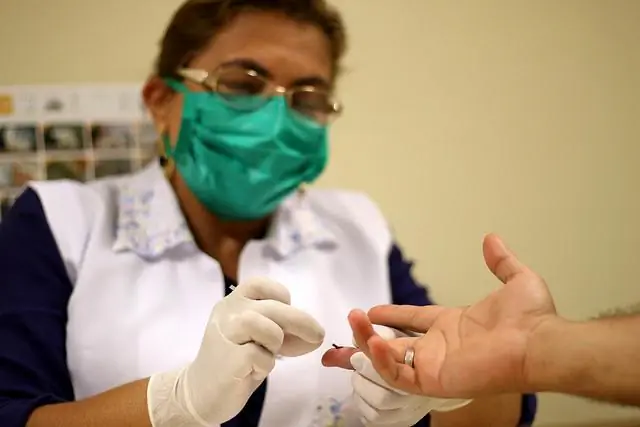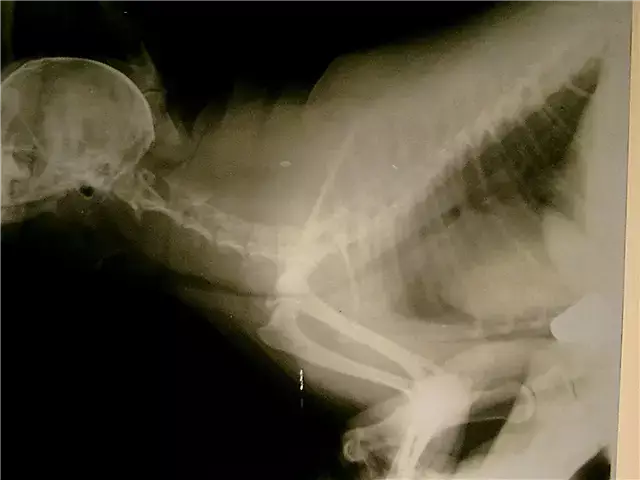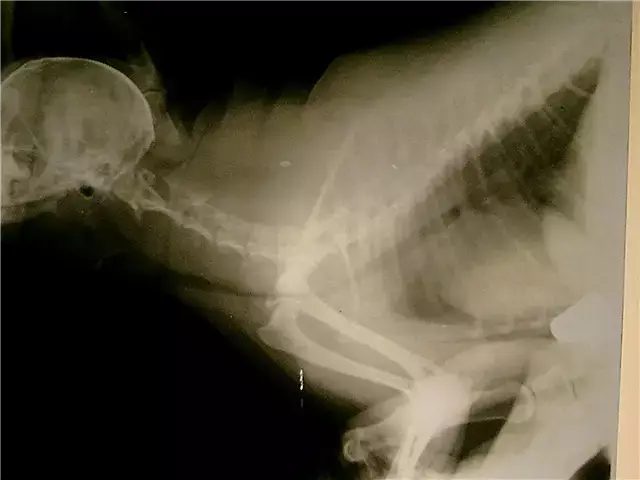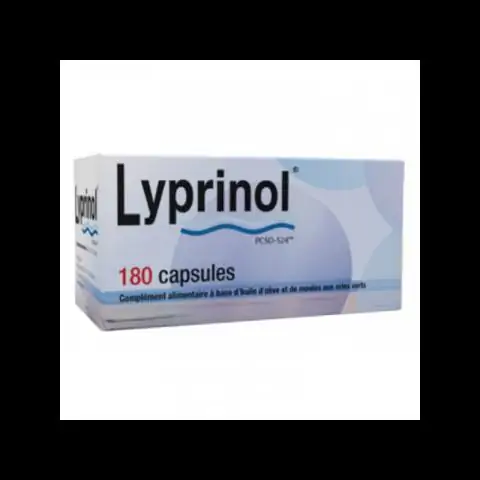- Author Rachel Wainwright [email protected].
- Public 2023-12-15 07:39.
- Last modified 2025-11-02 20:14.
Curcumin

Curcumin is a natural colorant found in the leaves and roots of turmeric, a plant in the ginger family. Curcumin is obtained by extracting the powder from the roots with alcohol or petroleum ether. This substance creates the taste and smell of turmeric. Its aroma gives off camphor, it tastes bitter, even burning. Curcumin is poorly soluble in water, so it is most often used in the form of an alcohol solution. The dye is destroyed when exposed to sunlight, as well as when alkalinized.
Application of curcumin
Curcumin is used to produce food additive E100, which is used in the manufacture of margarine, cheeses, butter, mayonnaise, and yogurt. It is curcumin that colors foods orange or yellow. The natural origin of the dye has won the recognition and trust of the whole world. It is added to ready-made seasonings for poultry, meat, fish, confectionery, some types of alcohol, as well as in cosmetics, flour products and canned food.
The inhabitants of Asia and Ancient India widely used turmeric in the household, and also used it for the preparation of medicines.
Healing properties of curcumin
Modern scientists have proved that curcumin, in addition to coloring properties, has medicinal properties. In Chinese medicine, it is used as a stimulant, tonic, analgesic, and hemostatic agent.
Regular use of curcumin promotes a moderate increase in the concentration of the protein cathelicidin in the human body. This protein has antimicrobial effect and helps the body to cope with fungi, bacteria and viruses from the very first interaction with it.
It is very useful to use this substance for migraines, gallstone disease, peptic ulcer and gastritis. According to scientists, the optimal daily dose for the treatment of peptic ulcers and gastritis is one hundred milligrams of curcumin per kilogram of human weight. So, with a weight of 70 kilograms, a person should consume about seven grams of curcumin per day. Acting at the molecular level, curcumin restores the balance of enzymes that can suppress inflammation and accelerate wound healing. Under the influence of this natural dye, collagen synthesis is activated, new blood vessels are formed. That is why many scientists believe that with regular use, curcumin can replace medications, as well as eliminate the need for surgery.
Researchers from Poland and Ireland have shown that curcumin kills cancer cells in the stomach and esophagus. They found that this compound kills cancer cells within 24 hours after entering the body, and then the cancer cells begin to destroy themselves. Exciting research results have given scientists hope for the development of a high-quality natural anti-cancer drug based on curcumin for the treatment of stomach and esophageal cancer. Scientists have found that this substance slows down the growth of cancerous tumors by 60%.
Curcumin is also active against cancer of the pancreas, prostate and breast.
Curcumin helps to speed up the metabolism, resist the effects of pesticides. This substance has antiviral, anti-arthritic, anti-inflammatory and antioxidant properties. It reduces inflammation and pain in arthritis, arthrosis and rheumatism.

This natural antioxidant is able to normalize blood pressure, stop the development of vascular atherosclerosis.
Curcumin is a powerful antibiotic. Scientists have shown that the dye molecules create a kind of force field of resistance against various infections. The molecules are embedded in cell membranes, making them more orderly and resistant to attacks from various pathogens.
Regular use of curcumin helps to reduce plasma cholesterol levels, and also inhibits platelet adhesion to the walls of blood vessels and prevents oxidation of blood lipids.
The dye accelerates fat loss by inhibiting the production of fatty acids and accelerating their oxidation. The anti-inflammatory effect of this flavonoid is attributed to its ability to absorb the COX-2 enzyme.
Undoubtedly, the use of the dye in the defeat of the heart and blood vessels, in hypertension. In addition, curcumin has a choleretic effect, it contributes to the contraction of the gallbladder.
Ways to increase the bioavailability of curcumin
Curcumin is known to be only partially absorbed by the human body. For better absorption, it is best to consume this substance with olive oil. It is preferable to use a curcumin supplement that contains piperine, an alkaloid of black pepper. Piperine increases the absorption of the dye by two thousand percent.
The harm of curcumin
In reasonable amounts, curcumin is fairly safe. Curcumin can harm the body if consumed excessively. It is recommended to consume no more than eight grams of curcumin daily.
The use of the dye during pregnancy can provoke diathesis in the baby in the future. The harm of curcumin in this case is due to the fact that this substance is a fairly strong allergen.
Found a mistake in the text? Select it and press Ctrl + Enter.






